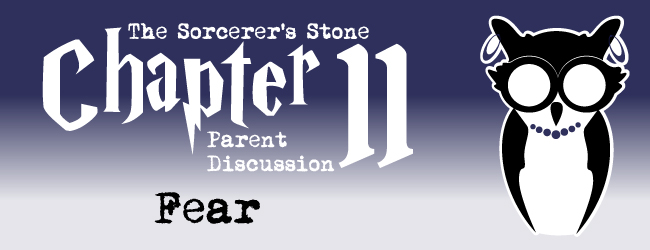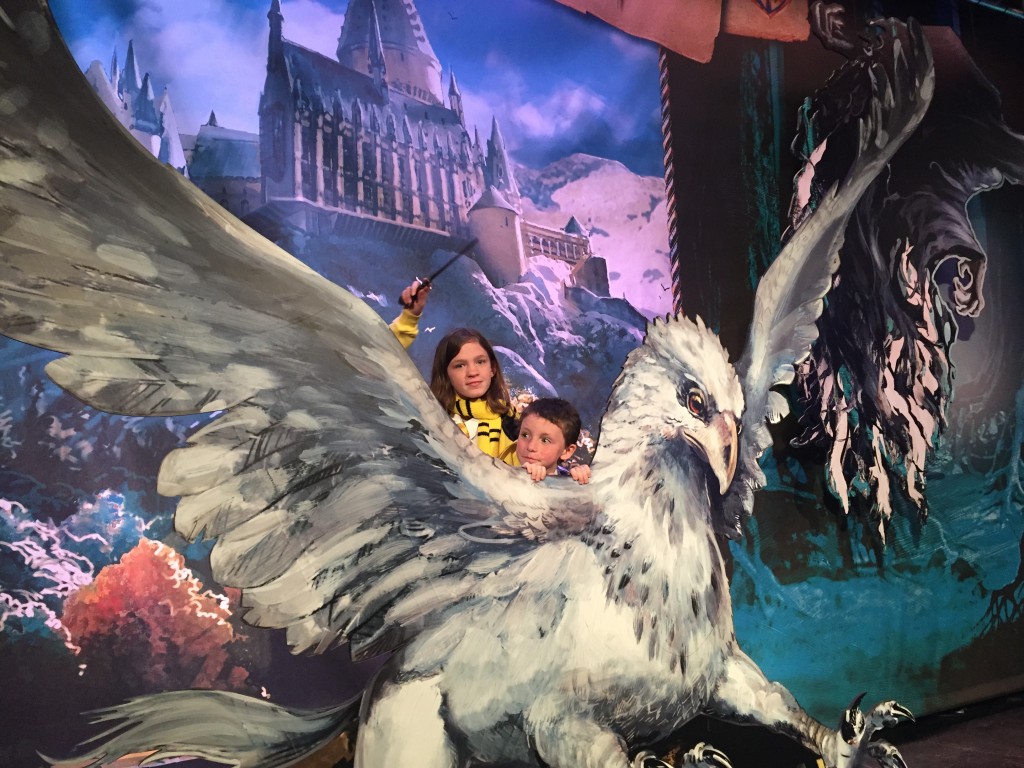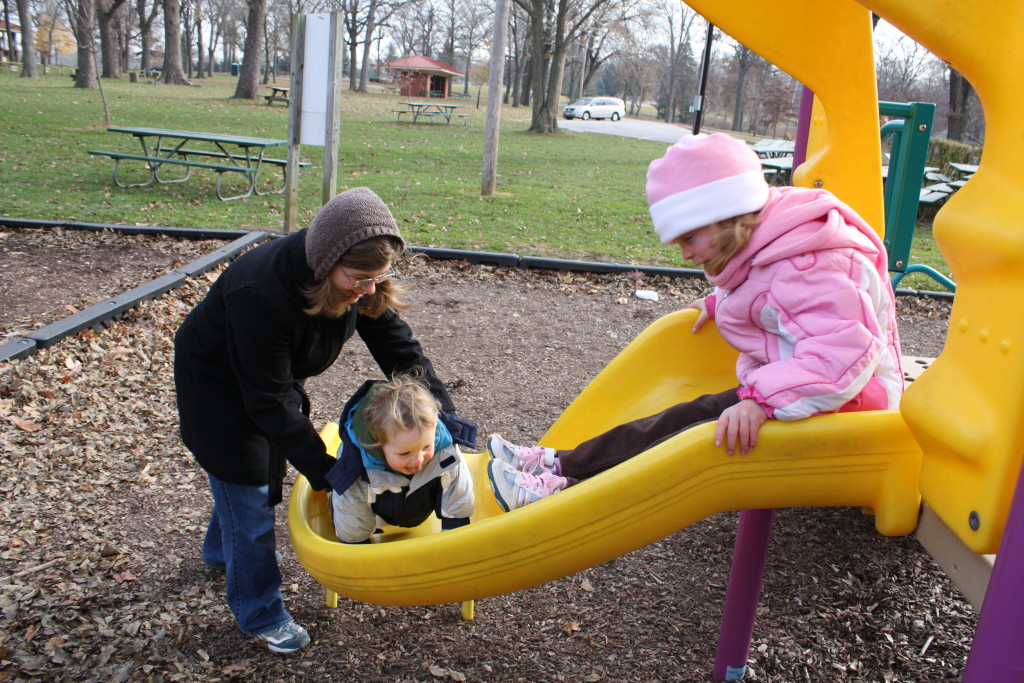Fear
Chapter 11 starts with Harry quite nervous as his first Quidditch match is approaching. He has trouble studying, concentrating, and on the morning of the match, eating breakfast. Fear is powerful. It plays some important parts throughout the Harry Potter series and is something we will most definitely discuss many times because of its prevalence in the lives of kids who have been adopted or are in foster care.
“Fear is powerful. It plays some important parts throughout the Harry Potter series and is something we will most definitely discuss many times because of its prevalence in the lives of kids who have been adopted or are in foster care.”
Researchers in the trauma field say that even children who were too young to remember being hungry, beaten, abandoned, neglected, and so on have feelings of fear, of danger, of hunger, of loneliness, etc. Only, unlike children who experienced these events at older ages before adoption or foster care, these infants and toddlers do not have specific memories they can address in therapy or with trusted adults as they get older and develop language. They do not understand why they have these fears; they are just there.
No matter the age of the child when they experienced trauma, fear will inevitably affect them greatly and interfere with adults meeting their needs and with education as well. Dr. Karyn Purvis, author of The Connected Child and one of my favorite experts in helping kids from hard places find healing, states that there are six major risk factors to developing what she calls “The Neurochemistry of Fear.”
Of the six risk factors, four can occur in loving, biological households: difficult pregnancy, difficult birth, early hospitalization, and trauma (medical, accidental, etc.). Kids in orphanages, foster care, and who are adopted often have had some or all of these in addition to one or two of the remaining two risk factors: abuse and neglect.
The Neurochemistry of Fear
The Neurochemistry of Fear–a reorganization of the brain and how it works due to harm–changes the way kids think, trust, feel senses, react to stress, and learn and how their brain develops. Years after they are in a safe, loving environment, a measure of their neurotransmitters will often show levels that are far from baseline levels, resulting in what Dr. Purvis describes as a beautiful child who looks perfect sitting in a classroom being told to read while their body is basically acting as if they have their finger in a light socket! This results in teachers thinking the child is being willful and defiant or lazy.
The results of the “neurochemistry of fear” are extremely far reaching and way beyond what can be tackled in this blog. I was once in a trauma training that rocked my world and sent me home looking at my children differently. If you were around a TV in 1987, you likely remember seeing the “This is your brain. This is your brain on drugs.” commercials.
The trauma training I went to reminded me of those commercials. I believe the pictures I saw were from research that compared pictures of a 3 year old brain to the brain of a 3 year old who had experienced trauma. Wow! I went straight back to one of our children’s teacher the next school day and showed her. She borrowed the packet I’d received, and she, my husband, and I quickly began looking at the child in a whole new way and seeking out new ways to help.
The Good News…
The good news is that the brain can be rewired. The hard part is it takes a long time and many different types of interventions, and these children will always be at risk and need help throughout their lives when new situations present themselves. As I said before, this is a topic we will likely revisit. Just remember, that beautiful child who appears to have no limitations likely has a whole host of undiagnosed, chemical and physical differences that can result in confusing behavior and reactions. Become an expert. Learn as much as you can. Be willing to experiment. This will give you and your child(ren) the greatest chance at success.
Parents’ Discussions:
Ch. 01 | Ch. 02 | Ch. 03 | Ch. 04 | Ch. 05 | Ch. 06 | Ch. 07 | Ch. 08 | Ch. 09 | Ch. 10 | Ch. 11 | Ch. 12 | Ch. 13 | Ch. 14 | Ch. 15 | Ch. 16 | Ch. 17
Kids’ Discussions:
Ch. 01 | Ch. 02 | Ch. 03 | Ch. 04 | Ch. 05 | Ch. 06 | Ch. 07 | Ch. 08 | Ch. 09 | Ch. 10 | Ch. 11 | Ch. 12 | Ch. 13 | Ch. 14 | Ch. 15 | Ch. 16 | Ch. 17


